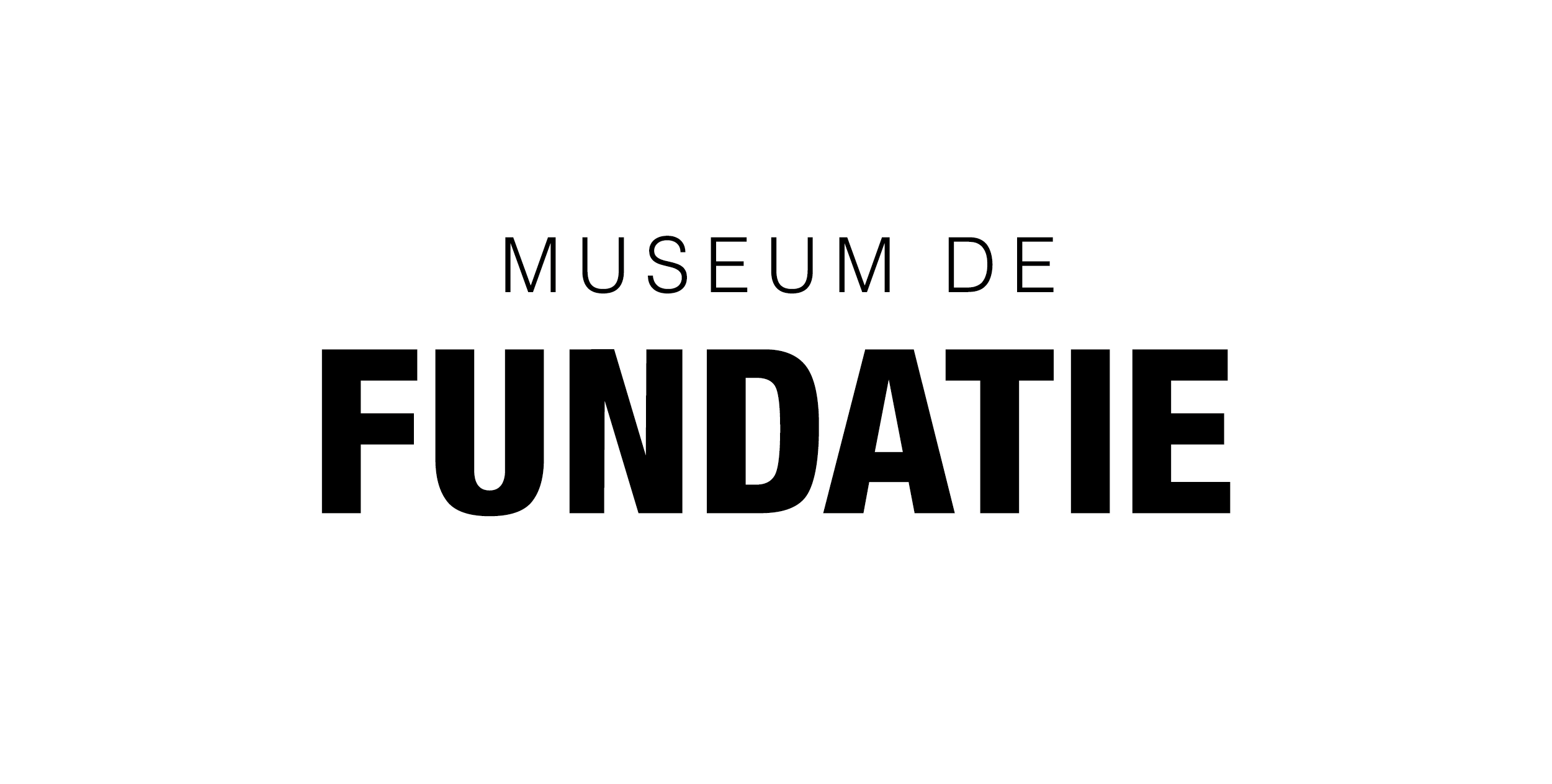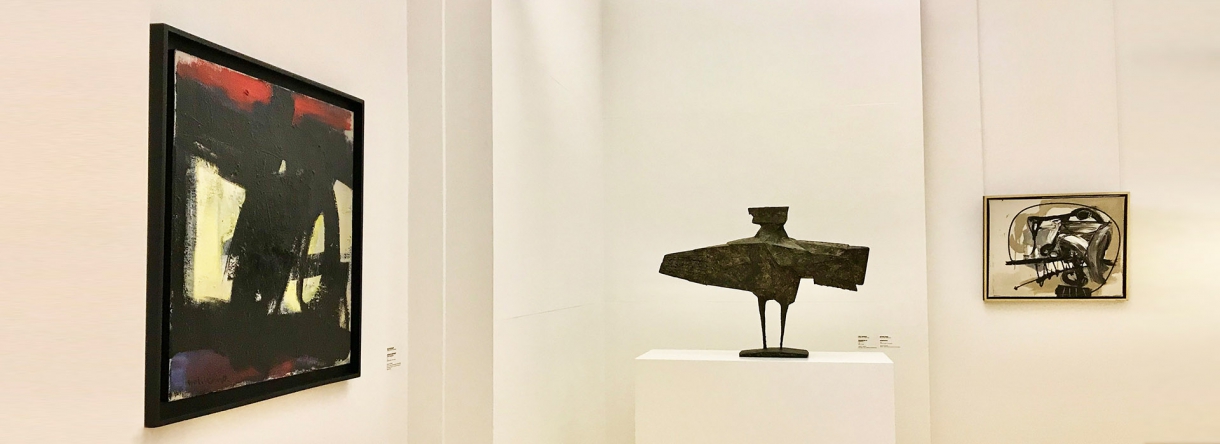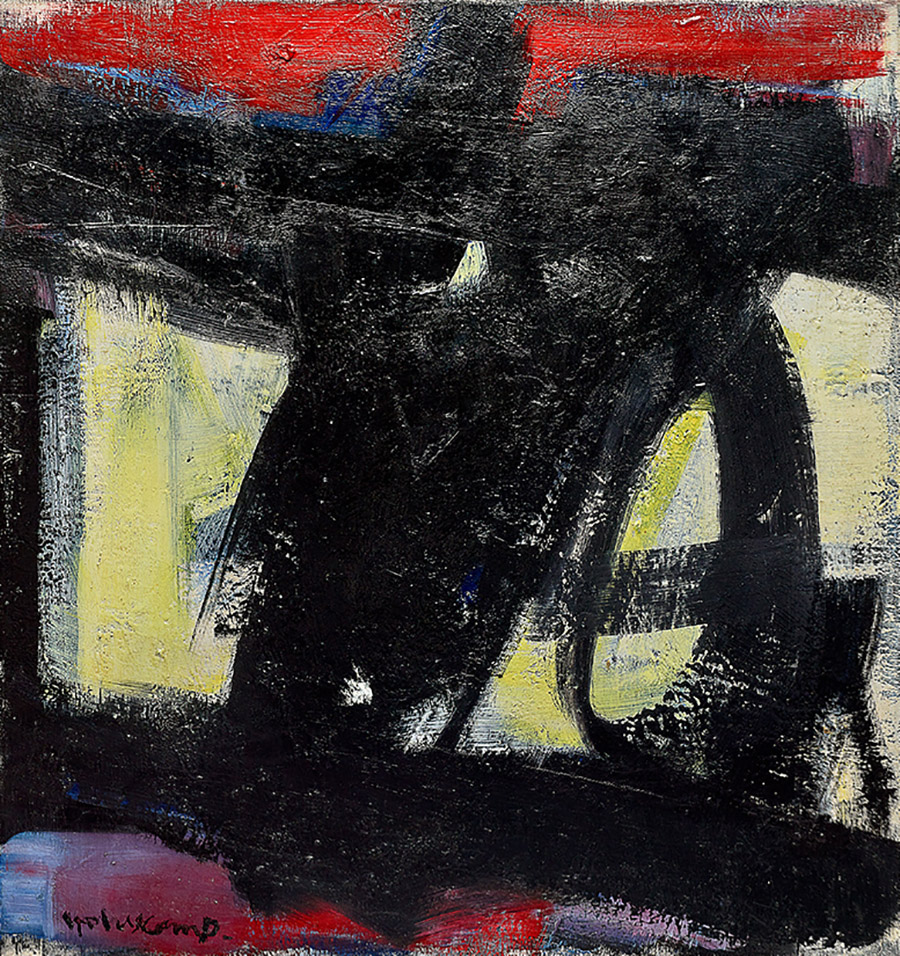
De Fundatie purchases Theo Wolvecamp painting

Museum de Fundatie has purchased Untitled by Theo Wolvecamp. The 1964 painting is an important work in Wolvecamp’s oeuvre because it marks the point when he finally bade farewell to figuration. It is also the link between three other paintings by Wolvecamp in the museum’s collection: Insect of 1950 and Untitled of 1979 (both from Overijssel Provincial Collection) and Bird and Prey of 1957 (on long-term loan from the Cultural Heritage Agency).
Theo Wolvecamp (1925-1992) was A co-founder and member of Cobra. After living in Paris for a time he returned in 1954 to Twente, the region of his birth. His bond with nature was too strong for him to be able to live happily in a big city. In isolation, and with a strong sense of his surroundings, he developed an entirely unique style of painting. Having started with the colourful, improvisational approach of Cobra in the 1950s, with references to Miró and Kandinsky, he evolved during his time in Hengelo into perhaps the most important abstract expressionist in the Netherlands. He had discovered this new American art, which had only just filtered through to Europe after the isolation of the war, and he noticed that the painters there were undergoing roughly the same kind of development as artists in the Netherlands. Wolvecamp was impressed by American expressionists like Jackson Pollock, Arshile Gorky and Franz Kline. He started taking the same approach, and in the resulting work frequently referred to his fellow painters overseas, though always with his own characteristic forms and colours. For Wolvecamp the struggle with the material was the key thing, and symbolism and mysticism were important, but he never explained or interpreted his paintings.
This piece made in 1964 features symbols that are reminiscent of the abstract work of Pierre Soulages and Franz Kline. The work is spatial, painted in black on a light ground of mixed white, yellow, blue and red. ‘I needed a grand gesture because I could no longer control the volatile form. Painting had become too complex, and I could no longer find my way. So I began looking for a scenic space. It was more of a private experiment’, he once said of this period. Wolvecamp never publicly revealed his expressive symbols, which he often painted flat on the ground. He was very critical of his own work, and was always reluctant to let a painting leave his studio. This work comes from a private collection in Paris, and it was purchased through Lennart Booij Fine Art and Rare Items. The piece is in good condition, and was recently cleaned. It is a valuable addition to De Fundatie’s collection which resonates well with the work of Karel Appel, Jan Cremer, Lynn Chadwick and Antonio Saura.
“I start with a patch of colour, with the material; I never know where I’ll end up. I improvise and as I paint almost automatically I start to feel liberated. While I’m painting I don’t criticise what I’ve done, that comes later. The suggestion that comes from the material sets the creativity in motion. It’s the encounter with the raw material that suggests forms and ideas to me. That which is inside you takes shape in a spontaneous and vigorous flow. I don’t believe in inspiration or other such impulses. I regard activating my urge to create as my main task.” – Theo Wolvecamp, 1961